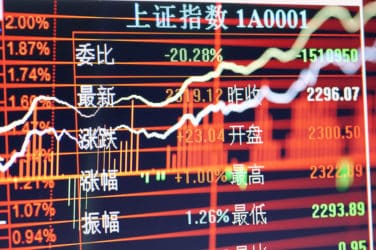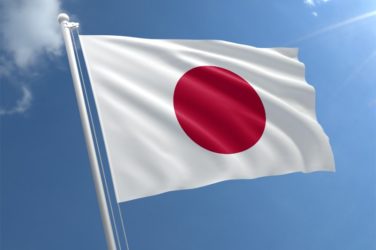
Global exchange co-operation continues apace, as some of its main players look at ways to get around regulatory hurdles over potential mergers to form greater network linkages.
The Singapore Exchange (SGX) and the Australian Securities Exchange (ASX) today announced that they will be allowing each other access to their data centers in a bid to make it easier and cheaper for traders to use their markets. Last April, Australian regulators stepped in to block the proposed $8.8 billion merger between SGX and ASX, citing reasons of national interest, and this is their first re-acquaintance since.
From September, SGX’s co-location data center in Singapore will host the ASX trading hub, providing a direct connection to ASX 24, its derivatives platform, based at the ASX Australian Liquidity Centre in Sydney. Customers based in Singapore will then be able to more easily trade futures and options on ASX 24 via the Singapore data center.
Similarly, customers in the ASX data center in Sydney will also be able to connect directly to SGX, which is a big offshore market for Asian equity derivatives.
“The establishment of an ASX futures hub in the SGX facility bolsters the global distribution network for ASX 24, connecting more customers into the Australian market and enhancing our presence in Asia,” said Peter Hiom, ASX’s deputy chief executive. “This is a new initiative that is part of our plan to internationalize the ASX and it demonstrates that by working together with other exchanges we can deliver new and greater investment opportunities to Australian and foreign investors.”
SGX, which has been busy in recent times looking to move its markets closer to international investors, earlier this month signed a memorandum of understanding with the London Stock Exchange (LSE) to enable cross-trading of some of the most actively traded stocks on each venue. In June, SGX also announced plans to become the first Asian exchange to provide access and connectivity for its customers from new hubs in the U.S. and Europe linking them to Singapore. This allows traders to access SGX from Chicago and London via a data center operated by BT Radianz, a technology and telecoms firm.
“This new SGX-ASX partnership enables both exchanges’ customers to easily leverage the strengths of the Australian and Singapore derivatives markets,” said Muthukrishnan Ramaswami, president of SGX. “As the Asian gateway, SGX is delighted to enable easier and more cost effective connectivity offerings at a time when investors are increasingly using exchange-traded derivatives to manage risks in the various global marketplaces.”
Late last week, rumors were rife in London that the LSE and SGX had held discussions over a formal tie-up. The LSE, too, has been in expansionary mode recently. In April, it acquired a controlling stake in Anglo-French clearing house LCH.Clearnet, Europe’s largest clearer, as well as the purchase last December of FTSE International, the index business. It too has recently seen a costly merger fail, after being forced to abandon its own plans to merge with TMX Group, owner of the Toronto Stock Exchange, in a $3.7 billion deal in June last year following a shareholder revolt.
SGX was forced to issue a statement denying any such talks had been held with the LSE. Shares in the LSE Group had hit two-month highs at one point last Friday because of the rumors.
“SGX has not engaged in talks with the LSE on a potential merger,” said the statement from SGX on Friday. “However, we are open to collaborations and partnerships which may benefit our shareholders and the company.”
If the Singapore-London deal did at any stage happen, it would make the combined exchange group the third largest in the world, in terms of trades, behind NYSE Euronext and Nasdaq OMX. In February, European Union regulators scuppered the proposed $9 billion super-exchange tie-up between the transatlantic NYSE Euronext and Frankfurt-based Deutsche Börse, which would have created the world’s largest stock market.
In May, in further signs of exchange collaboration, SGX also teamed up with Eurex, the futures exchange run by Deutsche Börse, to link their data centers in Frankfurt and Singapore to provide traders with easier access to European and Asian derivatives markets.
Meanwhile, CME Group and IntercontinentalExchange, the two largest U.S. futures exchanges, have been increasing their presence in Singapore in a bid to attract more Asian-based volumes.




